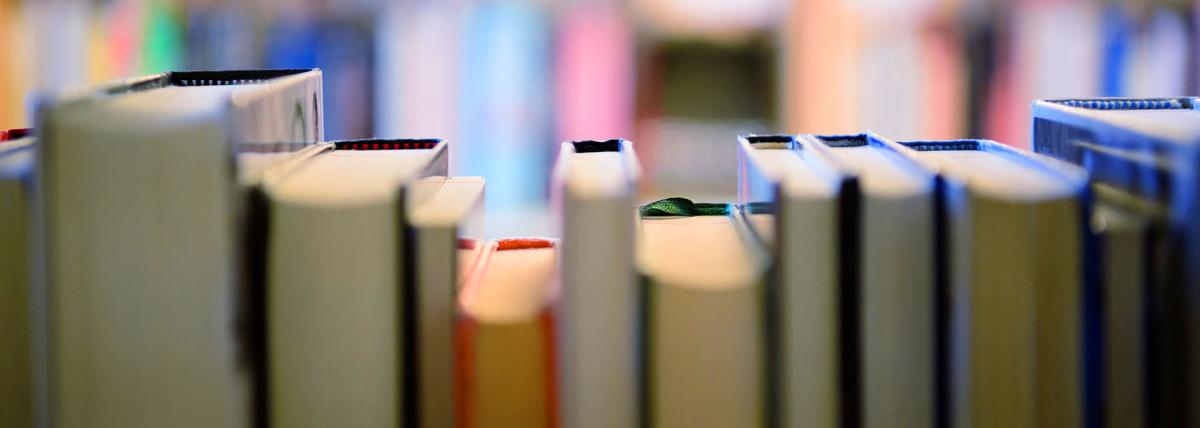Students will be able to code a simple program using EdScratch in order to survive in the ecosystem by finding the sources of food. Using Edison as an animal in the food chain, students will be able
Students after learning how to use EDBlocks and EDScratch programming for Edison Robots will go to a younger class and teach those students how to do it too.
Introducing how EdScratch programming works with the Edison Robots. Activities and ideas linked in the lesson.
Lesson Two of Four: This lesson will help to show students there are lots of possibilities when building robots and students will be able to create their own prototype.
First of Four. Introduction to how Edison Robots work. Students will self discover some of the possibilities of what the robots can do.
In this activity, students will use a table to organize information, create a graph to display data and use the correct labels. Students will also recognize the relationship among the table, the graph
Your job is to build an aqueduct that will supply the Roman cities with clean water to private homes, public baths and glorious fountains. With this success, the citizens will drink clean water
Students explore genetics and create a model to represent how genes are passed down from a parent plant to an offspring plant. This lesson could be adapted to address 1st Grade Life Science Standard
Students will use known geographical features to identify landforms on images from the Mars Orbital Reconnaissance Satellite.
The "Virtual Reality (VR) Exploration: Building a 3D Solar System" lesson is an exciting and immersive STEM experience designed for 8th-grade students. In this lesson, students delve into the world of
The "Solar-Powered Water Purification System" lesson is an engaging and hands-on STEM experience for 4th-grade students. In this lesson, students explore the importance of clean water and learn how
An integrated fourth grade math and geography lesson. This lesson is aligned to the ADE/NGSS Cross Cutting Concept of Scale, Proportion, and Quantity. The fourth grade social studies/geography
Students use Edison robots to create and code a large path (or maze) of their own design for Edison to navigate. Students should already be familiar with Edison robots to be successful in this task.
In this set of lesson plans for "A Song for a Whale" by Lynne Kelly, students will investigate compasses and whale migration. The final project for the novel is a choice board of activities that
In this hands-on lesson, students use Dash Robots to retell a story, using key events along the path that Dash travels. Helpful resources included!
In this hands-on lesson, students will meet Edison, the programmable robot, and program the machine to do several tasks on its own. One way to program Edison is to use barcodes and a program called
This is the second lesson in a series of 2. In this lesson, students will learn about what watersheds are and then take a tour of the school campus looking at it through the lens of being a watershed
This is lesson 2 in a series of 4 lessons about the rainforest. In jigsaw groups, students create a food web about one of the 4 layers of the rainforest on a Google Slide or Prezi. Students go back to
This lesson has students build a half adder, a fundamental building block for digital computers. This is a hands-on lesson that includes resources.
Students will learn about what a batting average is in baseball. They will learn how you calculate it and represent it as they do in baseball. Students will also track hits and what results from them
This engaging lesson allows students the opportunity to employ prior knowledge while demonstrating knowledge of various standards in an inter-disciplinary, hands-on lesson. The utilization of data
Students will create an Operation Style Game using the Makey Makey Kits and the coding program SCRATCH. Students will learn how to create circuits and use the Makey Makey Kits to complete circuits to
The challenge is for students to send a secret Morse Code message. This lesson has three parts: learning about Morse Code, understanding how radios work, and programming a Micro:Bit to send Morse Code
This lesson is designed to have students investigate how objects, of different masses, will be affected when dropped to Earth. The lesson begins with a phenomena video - this video connects the idea
Featured Lesson Plans
Check out these notable lesson plans.

Makey Makey Storyboards

Sphero Rocket Payload Mission

